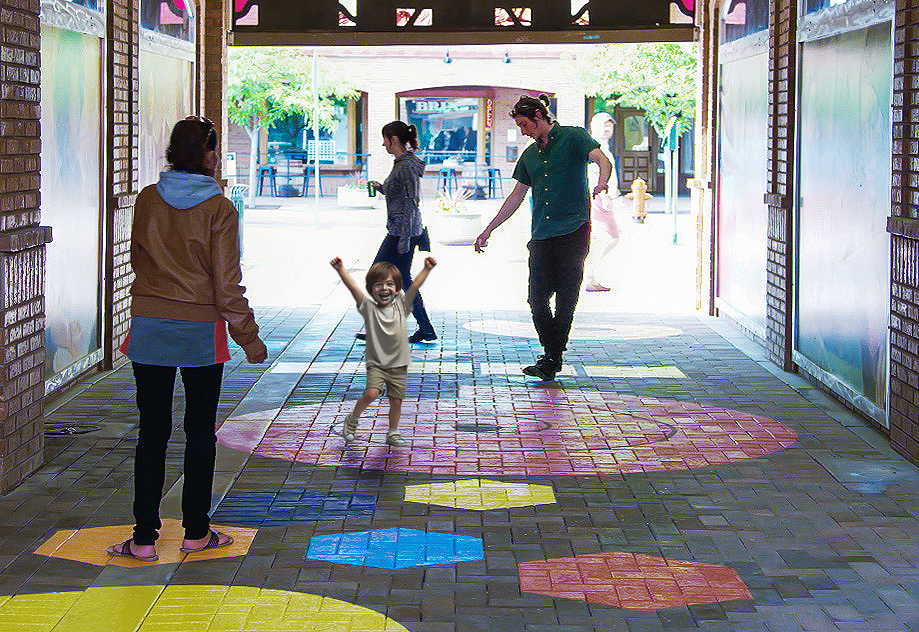Have you ever found yourself in a bustling public space, yet felt a profound sense of disconnection from the people around you? In our digital age, it’s ironic that despite being more connected than ever, many of us still grapple with feelings of loneliness. Even more so in the wake of a pandemic, this ‘loneliness epidemic’ has grown into a pressing issue, prompting us to rethink how we forge meaningful connections in our day-to-day lives. Enter experiential design – an innovative approach that’s emerging as a powerful tool in bridging the social gap.
The Experiential Design Difference: Beyond Aesthetics and Functionality
Experiential design goes beyond the traditional focus on aesthetics or functionality. It dives deep into creating shared experiences that resonate with people on a profound level. By integrating elements of play, interaction, and community, it transforms ordinary spaces into extraordinary destinations that encourage genuine human connection. This isn’t merely about having fun or being entertained; it’s about nurturing a sense of belonging, the kind that combats feelings of loneliness and isolation.
Connection Hotspots: How Alt Ethos is Transforming Public Spaces
At Alt Ethos, we’ve long recognized the transformative power of experiential design in public spaces. Our installations aim not just to entertain, but to create destinations that foster togetherness. Take our permanent interactive projection mapping projects, for instance. They do more than just illuminate buildings – they transform them into vibrant, interactive community hubs. These installations invigorate public spaces, making them safer, more engaging, and ultimately boosting local business revenue.
Similarly, projects like the Singing Tree and Robot Gaming Table foster play and interaction, breaking down social barriers and encouraging community engagement. They invite people of all ages to participate, creating shared experiences that leave lasting impressions.
The Ripple Effect: Experiential Design’s Impact on Public Health and Social Fabric
Through our work at Alt Ethos, we strive to tackle these challenges head-on. From public art installations to immersive museum exhibits and interactive urban interventions, we leverage design as a tool for fostering community, enhancing quality of life, and ultimately, sparking joy.
Conclusion: Shaping a More Connected Future, Together
environments that promote connection and community.

